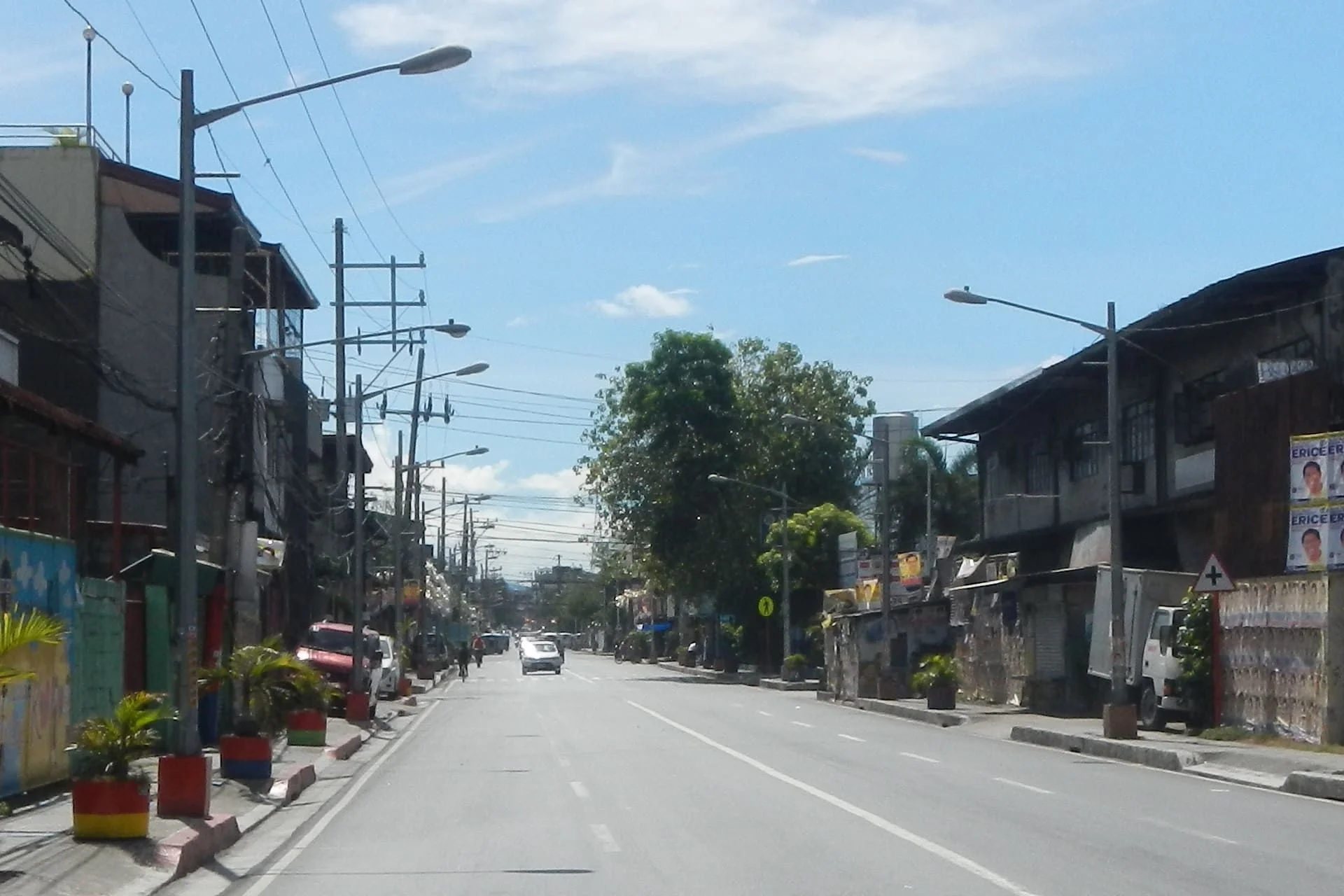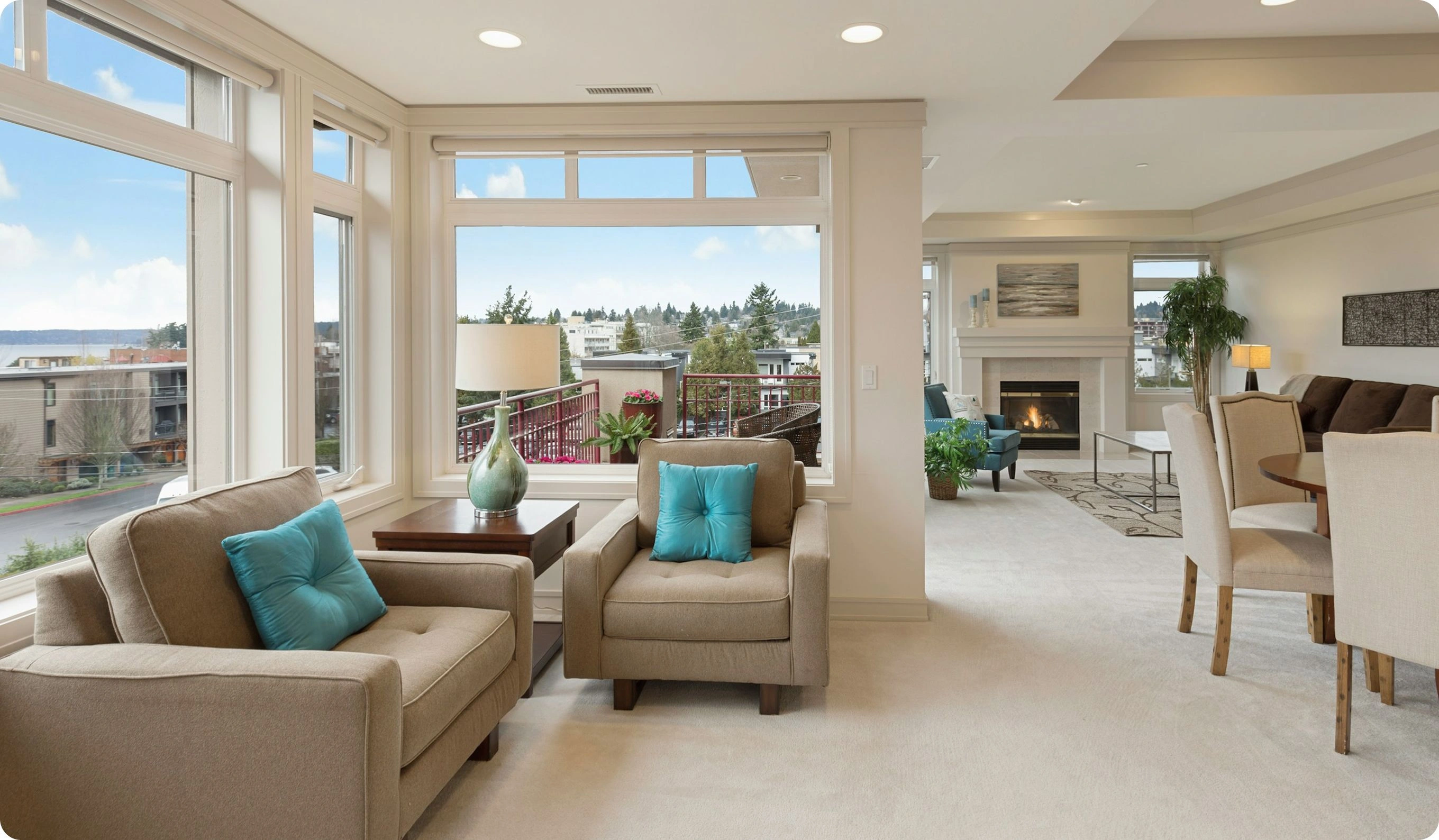Tourism in Caloocan: Flights, Accommodation & Best ActivitiesExploring heritage parks, vibrant marketsand urban green spaces

Advantages of traveling
to Philippines
Rich Historical Landmarks & Cultural Sites
Discover Museo ng Caloocan, the Bonifacio Trail, and centuries-old ancestral homes, offering visitors an immersive journey through the city’s pivotal role in Philippine history and identity.
Lively Local Markets & Authentic Cuisine
Wander Camarin Farmers Market and Tala Tabo-tabo Food Park, sampling signature dishes like bibingka, puto, and tortang talong—delighting food lovers with genuine Caloocan flavours and street-food adventures.
Urban Parks & Nature Escapes
Escape the bustle at La Mesa Eco Park and Kaingin Forest Reserve, where hiking trails, picnic groves, and birdwatching spots provide families, solo travellers, and groups refreshing green retreats.
Rich Historical Landmarks & Cultural Sites
Discover Museo ng Caloocan, the Bonifacio Trail, and centuries-old ancestral homes, offering visitors an immersive journey through the city’s pivotal role in Philippine history and identity.
Lively Local Markets & Authentic Cuisine
Wander Camarin Farmers Market and Tala Tabo-tabo Food Park, sampling signature dishes like bibingka, puto, and tortang talong—delighting food lovers with genuine Caloocan flavours and street-food adventures.
Urban Parks & Nature Escapes
Escape the bustle at La Mesa Eco Park and Kaingin Forest Reserve, where hiking trails, picnic groves, and birdwatching spots provide families, solo travellers, and groups refreshing green retreats.

Useful articles
and recommendations from experts
Tourism in Caloocan: Flights, Accommodation & Best Activities
Introduction: Why Caloocan Deserves Attention
Caloocan City, one of Metro Manila’s most historic and dynamic cities, offers a tapestry of heritage landmarks, lively community markets, and expansive green spaces. As the birthplace of the Philippine Revolution, Caloocan bears indelible marks of national hero Andrés Bonifacio’s struggles—memorialized in museums and shrines scattered across its districts. Today, Caloocan balances this revolutionary legacy with modern urban life: bustling sari-sari stores, pop-up food parks, and a thriving art scene. For travelers seeking off-the-beaten-path experiences in the National Capital Region, Caloocan promises authentic encounters, affordable discoveries, and easy access to greater Manila’s attractions.
Though Caloocan lacks its own commercial airport, its proximity to Ninoy Aquino International Airport (NAIA) and the LRT-1 light-rail line makes it an accessible entry point for visitors aiming to explore northern Metro Manila and nearby provinces. Whether you arrive via taxi from NAIA, ride the LRT from Monumento Station, or take a UV Express van from the airport terminals, Caloocan’s neighborhoods unfold as a mosaic of history, gastronomy, and nature retreats—ideal for families, solo travelers, and cultural enthusiasts alike.
Getting There: Airports, Rail & Road Connections
By Air: NAIA’s Terminals 1–4 are located 20–25 kilometers south of Caloocan. Taxis, UV Express vans, and ride-hail services (Grab) shuttle passengers to Monumento or 5th Avenue in under an hour—traffic permitting. For a more budget-friendly option, catch the airport bus to Pasay and transfer to the LRT-1 at EDSA station, riding north toward Caloocan.
By Light Rail: The LRT-1 North Extension connects Monumento and 5th Avenue stations directly to Caloocan’s center. Trains run from Baclaran to Roosevelt Station; Monumento Station lies at the city’s southern edge, providing a scenic, above-ground commute past Manila’s bay and industrial zones.
By Road: Major thoroughfares include EDSA, Rizal Avenue (C-3), and the North Luzon Expressway (NLEX) exit at Balintawak. Buses bound for Bulacan and Pampanga pass through northern Caloocan, while jeepneys and UV Express vans ply shorter cross-city routes. Private cars benefit from multiple access points, though rush-hour congestion requires early departures for day trips.
Where to Stay: Accommodation for Every Budget
Caloocan’s lodging options cater to diverse traveler needs:
- Mid-Range Hotels: Near Monumento, establishments offer business-class rooms, on-site restaurants, and Wi-Fi—ideal for transit stops and short stays.
- Budget Guesthouses: Along Rizal Avenue and 5th Avenue, family-run inns provide basic amenities, hot showers, and friendly local hosts at affordable rates.
- Serviced Apartments: In Grace Park and Bagumbong, extended-stay units with kitchenettes suit families, groups, and digital nomads seeking convenience and self-catering facilities.
- Nearby Boutique Hotels: Just across the city boundaries in Caloocan’s northern fringe, new design-led hotels integrate art murals, rooftop lounges, and co-working spaces aimed at creative professionals.
Historic Sites & Revolutionary Trail
Caloocan’s pivotal role in Philippine independence is etched into several key landmarks:
- Museo ng Caloocan: Housed in the old municipal hall, the museum showcases archival documents, period photographs, and artifacts from the 1896 revolution—immersing visitors in Katipunan history.
- Bonifacio Trial House: The site where Andrés and Procopio Bonifacio were detained and tried in 1897; preservation efforts have restored its façade and interior exhibits recount the Katipunan’s final days.
- Marker of Andrés Bonifacio Caloocan Shrine: A series of plaques and murals along the Bonifacio Trail trace the revolutionary leader’s journey—from his birth in Tondo to his final stand in Balintawak.
- Balintawak Cloverleaf Monument: Commemorates the Cry of Balintawak—considered the starting bell of the revolution—amid a busy road interchange turned heritage park.
Local Markets & Culinary Discoveries
Caloocan’s markets are culinary treasure troves:
- Camarin Farmers Market: Early-morning stalls brim with fresh produce, seafood, and street-food carts. Must-try items include tortang talong served with garlic rice, ginataang munggo, and kakanin rice cakes (bibingka, puto).
- Tala Tabo-tabo Food Park: A pop-up venue under colorful tents, bringing together gourmet food trucks and cottage-industry cooks offering lechon sisig on rice bowls, artisanal fries loaded with sisig, and halo-halo dessert stands.
- 5th Avenue Night Market: Weeknight bazaar with grilled skewers—chicken inasal, pork barbecue—alongside artisanal coffee carts and live acoustic performers.
Local food tours led by community guides combine tastings with homespun stories on neighborhood traditions, ensuring that every bite comes with cultural context.
Urban Parks & Eco-Retreats
Within Caloocan’s cityscape lie expansive green oases:
- La Mesa Eco Park: A 2,000-hectare protected watershed featuring forest trails, picnic groves, butterfly gardens, and bird hides. Highlights include the Eco Center’s interpretive displays and canopy walks linking giant dipterocarp trees.
- Kaingin Forest Reserve: Boardwalks traverse secondary forests and wetlands, showcasing native hardwoods and providing vantage points for spotting grey herons, kingfishers, and monitor lizards along the lagoon edges.
- Veterans Park: Themed gardens, playgrounds, and a small lake make this public park a family-friendly spot for leisurely strolls, morning tai chi sessions, and weekend fitness classes.
Cultural & Religious Landmarks
- St. Roch Parish Church: Early 20th-century cathedral in Grace Park, renowned for its stained-glass windows and annual fiesta each August, drawing processions and folk dances.
- Santa Cristina Parish Church: Grace Park-based baroque-style church with a revered 19th-century image of the Virgin Mary—pilgrims flock during Holy Week for candlelight processions.
- Barangay Cultural Halls: Community centers like the 10th Avenue Hall host folk-dance recitals, cultural workshops, and local art exhibits showcasing Caloocan’s creative vitality.
Shopping & Local Crafts
- SM City Grand Central Mall: Anchor department stores, international dining outlets, and a multi-screen cinema complex—complete with indoor skating rink and family entertainment zones.
- Grace Mall: Local retail hub with supermarkets, health-and-beauty shops, and weekend bazaars featuring homemade soaps, organic produce, and handcrafted jewelry.
- Camarin Public Market Handicrafts: Negotiable stalls selling hand-woven baskets, capiz-shell lamps, and embroidered textiles—authentic mementos that support community artisans.
Nightlife & Evening Entertainment
After dusk, Caloocan’s entertainment scene comes alive:
- Karaoke Bars: Clusters along Rizal Avenue offer private rooms where visitors join locals in singing OPM classics and ballads late into the night.
- Live-Music Lounges: Monumento’s hospitality district hosts acoustic bands, soul-jazz performers, and tribute acts in laid-back bar settings.
- Bodabil Variety Shows: Reviving Filipino vaudeville traditions, community theaters stage comedic skits, folk dances, and musical numbers—mixing nostalgia with grassroots talent.
Day Trips & Surrounding Attractions
Caloocan’s central location makes it a springboard for regional explorations:
- Malabon Town: Five-kilometer drive north to heritage houses, pancit Malabon tastings, and puto seko shops.
- Binondo & Intramuros: Fifteen-minute taxi ride south to Manila’s Chinatown and walled city—ideal for historical immersion and culinary crawls.
- Navotas & Coastal Cavite: For fresh seafood feasts and sunset views over Manila Bay, private transfers and group tours cover fish ports and seaside municipalities in under an hour.
Transportation Within Caloocan
- LRT-1: Monumento and 5th Avenue stations link Caloocan to Baclaran, EDSA, and Roosevelt—useful for avoiding road congestion.
- Jeepneys & UV Express: Cover short-hauls along major avenues—fare boards and route markers simplify navigation for first-time riders.
- Tricycles & Pedicabs: Ideal for last-mile connections within barangays, navigating narrow residential streets.
- Ride-Hailing Apps: Grab and local equivalents offer cashless convenience, real-time tracking, and driver ratings for safety-conscious travelers.
Seasonality & Practical Advice
- Dry Season: November–April delivers cooler mornings (24–28 °C) and minimal rainfall—optimal for outdoor tours and heritage walks.
- Wet Season: May–October brings brief, heavy afternoon showers—schedule market visits and indoor museum tours before 2 pm to avoid downpours.
- Festival Times: December holiday decorations light up public squares; April’s Semana Santa processions draw local pilgrims to Caloocan’s churches.
- Packing Essentials: Lightweight clothing, a small umbrella or rain poncho, closed-toe shoes for trails, insect repellent, and a portable charger for devices.
Why Caloocan Offers a Unique Metro Manila Experience
Caloocan’s blend of revolutionary history, grassroots markets, and expansive green spaces sets it apart from more commercialized districts. Here, travelers engage with community-run initiatives, explore untold chapters of Philippine independence, and unplug amid urban forests—all within minutes of Manila’s central core. Caloocan embodies resilience and local pride, offering an authentic window into Filipino daily life, from morning markets to evening karaoke sessions. This city reminds visitors that Metro Manila’s heart pulses not only in its downtown high-rises but also along its neighborhood streets and hidden park trails.
Final Note
We provide expert insights and up-to-date recommendations on flights, accommodations, and activities—so you have all the information you need to plan and enjoy your Caloocan adventure to the fullest.
